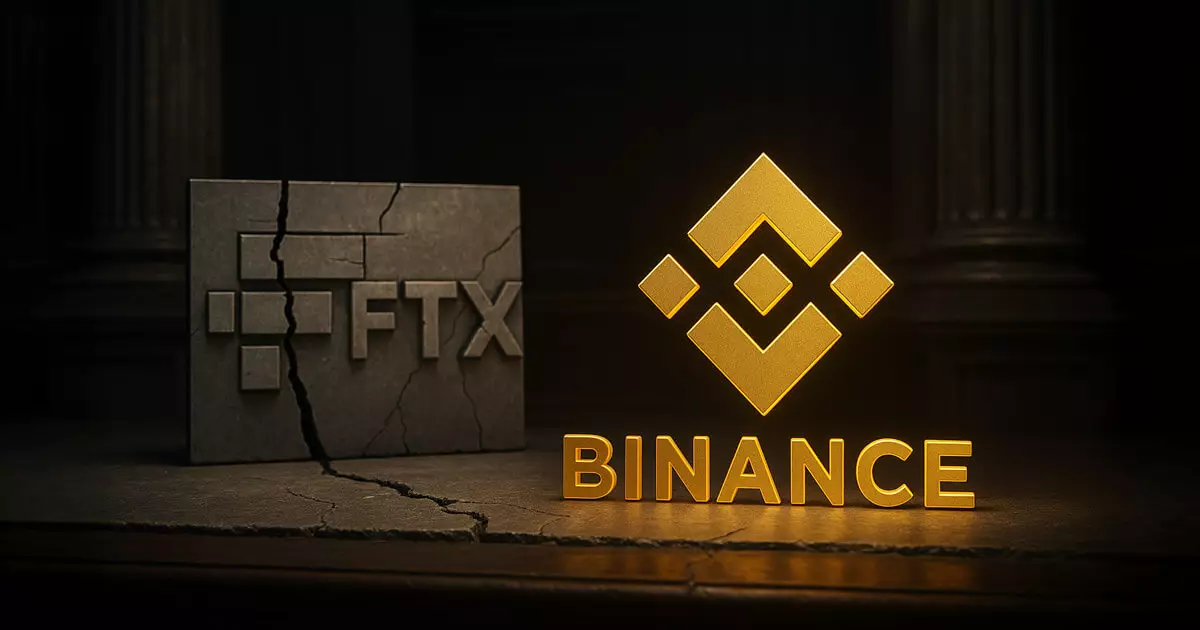In a striking move that reveals the complexities inherent in global financial disputes, Binance has urged a US court to throw out FTX’s staggering $1.76 billion lawsuit. The crux of Binance’s defense rests on claims of lack of jurisdiction, a point that necessitates a thorough examination of international law’s implications in cases involving cryptocurrency exchanges. FTX’s lawsuit not only scrutinizes Binance’s involvement in its downfall but sparks a profound debate on where accountability lies in an increasingly intertwined financial world.
Weak Foundations of FTX’s Allegations
Binance’s response to FTX’s accusations sheds light on the fragility of the lawsuit’s foundations. The exchange has labeled FTX’s assertions as not only speculative but riddled with legal flaws. One cannot help but notice the irony in FTX’s attempts to reclaim losses while simultaneously blaming Binance and its former CEO, Changpeng Zhao. It is important to scrutinize whether FTX is seeking accountability or attempting to shift blame away from its own corporate mismanagement and tactics that led to one of the most significant collapses in crypto history.
The International Framework of Financial Obligations
Digging deeper into the legal labyrinth, Binance’s argument highlights that none of the entities involved reside in the US, and the agreements in question are bound by Hong Kong law. This assertion raises important questions surrounding the jurisdiction of US courts over foreign entities in a globally decentralized financial environment. As cryptocurrency continues to disrupt traditional financial mechanisms, the necessity for coherent international regulations becomes paramount. Are we witnessing a scenario wherein legal frameworks lag behind technological advancement?
A Fragile Narrative of Insolvency
At the heart of Binance’s defense lies a bold claim about FTX’s alleged insolvency, which Binance contends is unsubstantiated. They argue that if FTX were, in fact, insolvent during key transactions, how could its value evaporate to effectively zero months later? This contention invites a critical look at the underlying narrative of corporate failure. It raises the question: was FTX a victim of external pressures or an organization entangled in a grand web of its own deception? Here, Binance’s challenges to the timelines laid out by FTX bring to light the intricacies of financial stability within the cryptocurrency sphere.
The Overblown Impact of Social Media
Equally compelling is Binance’s defense against claims that Zhao’s social media engagement incited a bank run. In an age where personal narratives can sway market sentiments, the notion that Zhao’s tweets had any directed intent to undermine FTX seems vastly overstated. Binance’s position urging that these tweets cannot be construed as targeting the US market is thought-provoking. It begs the question of accountability: should the words of corporate leaders carry the burden of market fluctuations, particularly in a space as volatile as cryptocurrency?
In an era that defies conventional financial wisdom, the unfolding drama between Binance and FTX is anything but trivial. It challenges us to rethink not only the accountability of financial institutions but also the legal architectures that govern them, all while navigating a landscape fraught with both potential and peril.















